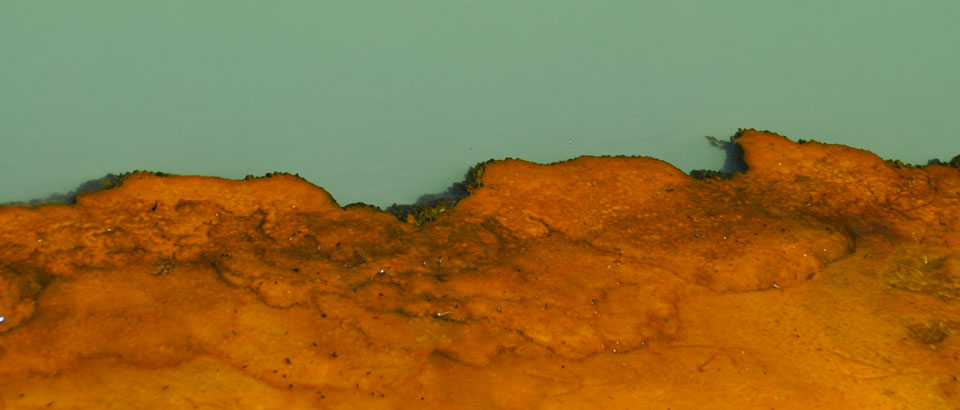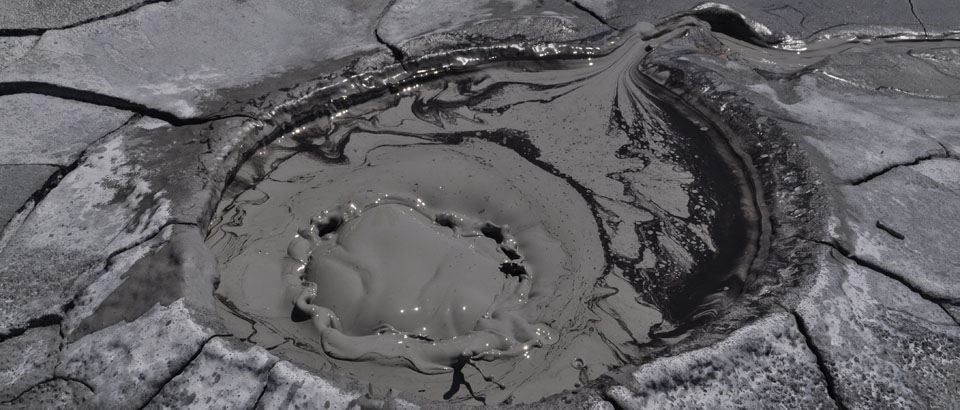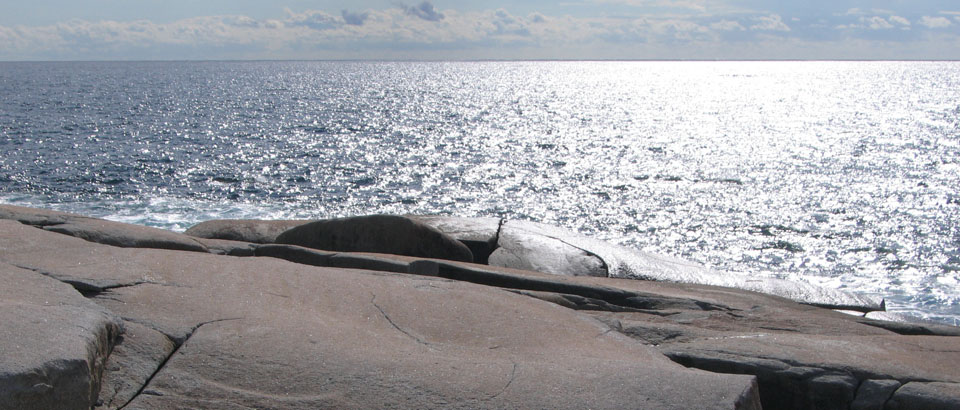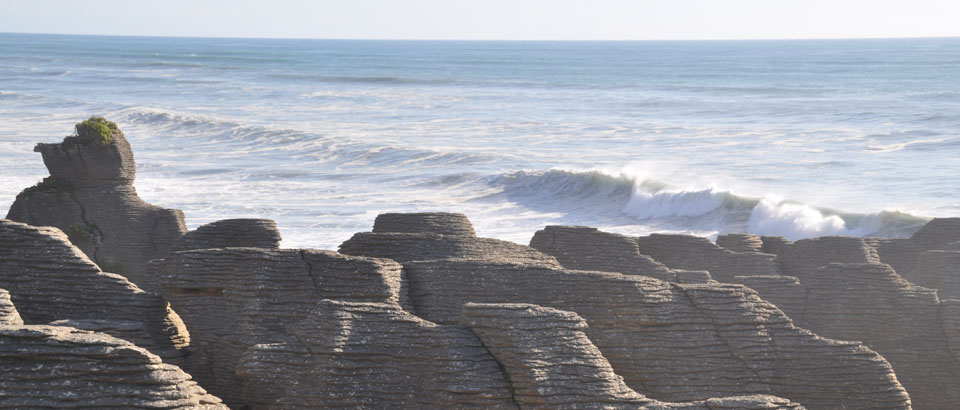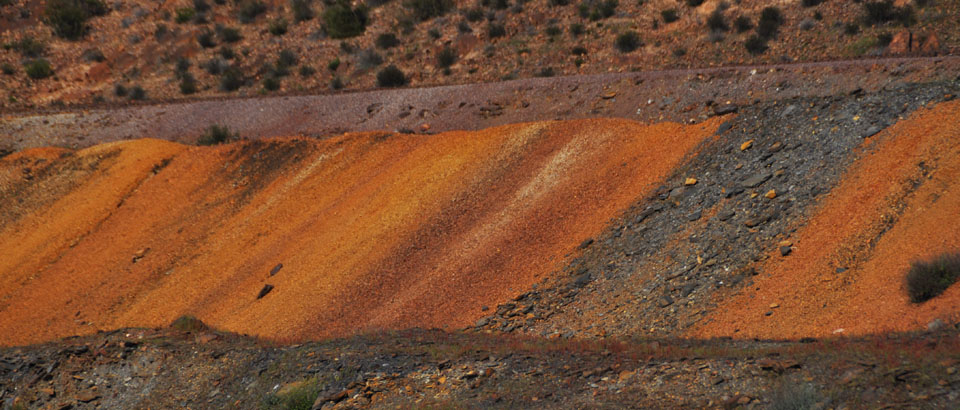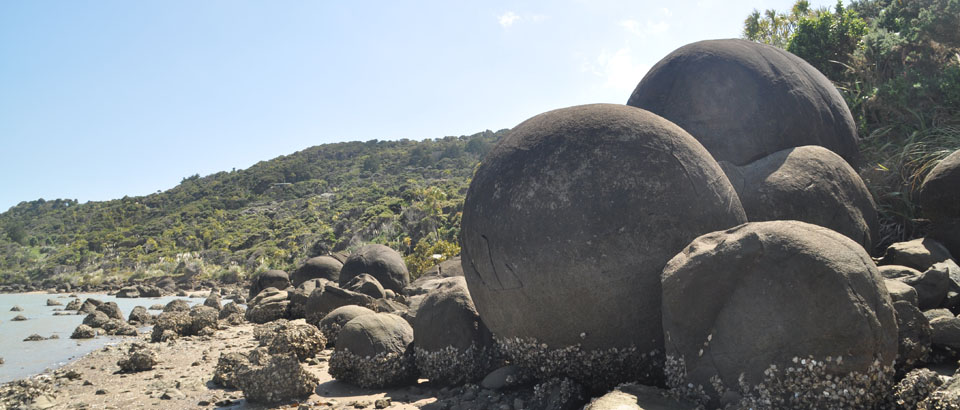Conical folding in the core of an orocline. A geometric analysis from the Cantabrian Arc (Variscan Belt of NW Iberia). D. Pastor-Galán, G. Gutiérrez-Alonso, K. F. Mulchrone, P. Huerta, 2012, Journal of Structural Geology, 39, 210-223. DESCARGAR-DOWNLOAD
ABSTRACT-RESUMEN
The Cantabrian Arc of the Variscan Belt has been recently defined as a true orocline, constraining kinematics and deformation timing. This curved sector of the orogenic belt is characterized by two different fold sets: (1) one runs parallel to the outcrops of the main thrusts and describes a horseshoe shape concave towards the east, and (2) another is radial to the arc. A detailed geometric study of the fold interference patterns in the Cantabrian Arc revealed the conical nature of the folds belonging to the radial set. These conical folds developed with different geometrical characteristics (semi-apical angles and axis attitudes) depending on the initial orientation and geometry of the folded surfaces. They are interpreted to result from a vertical axis rotation during oroclinal buckling of the Variscan Belt in NW Iberia. This study of conical folds in the Cantabrian Arc highlights that conical folds in curved orogenic arcs are a powerful tool for establishing the sequence of tectonic events because interference patterns due to vertical axis secondary differential rotations provide unique geometrical characteristics observed in the Cantabrian Arc that can be extrapolated to other oroclines.


